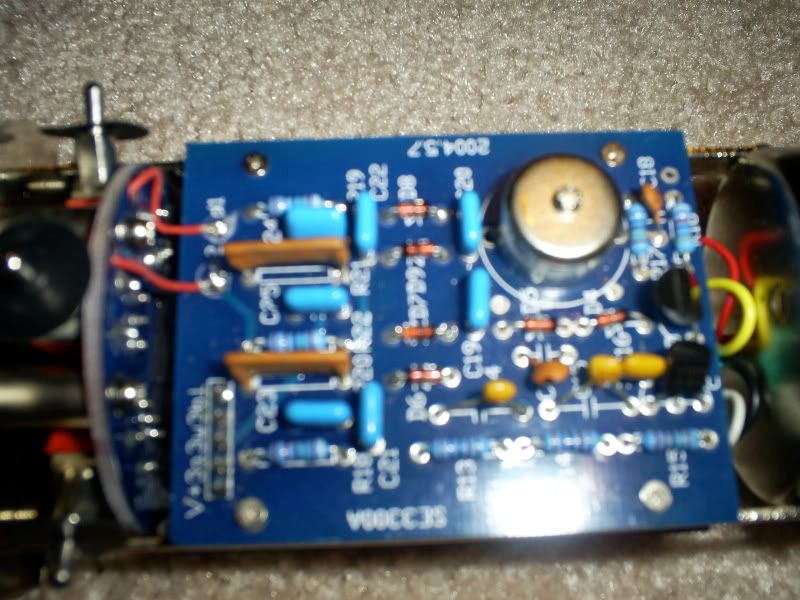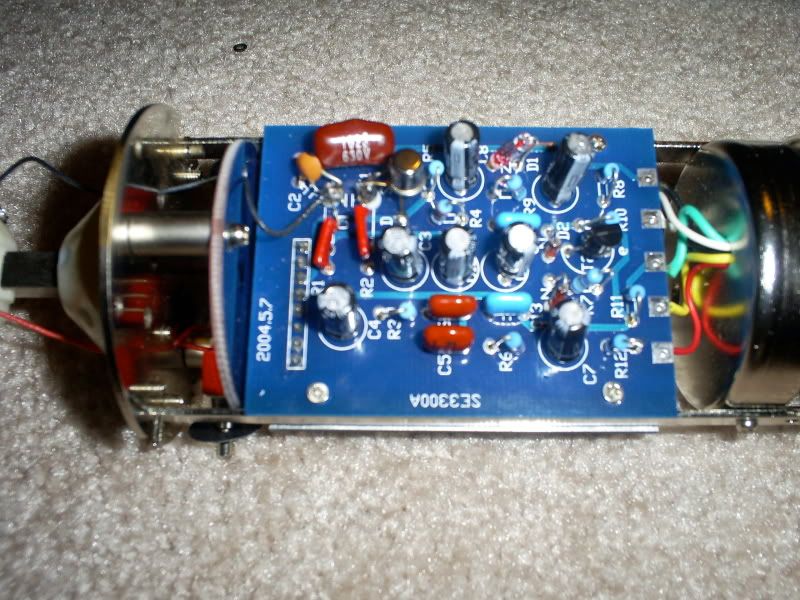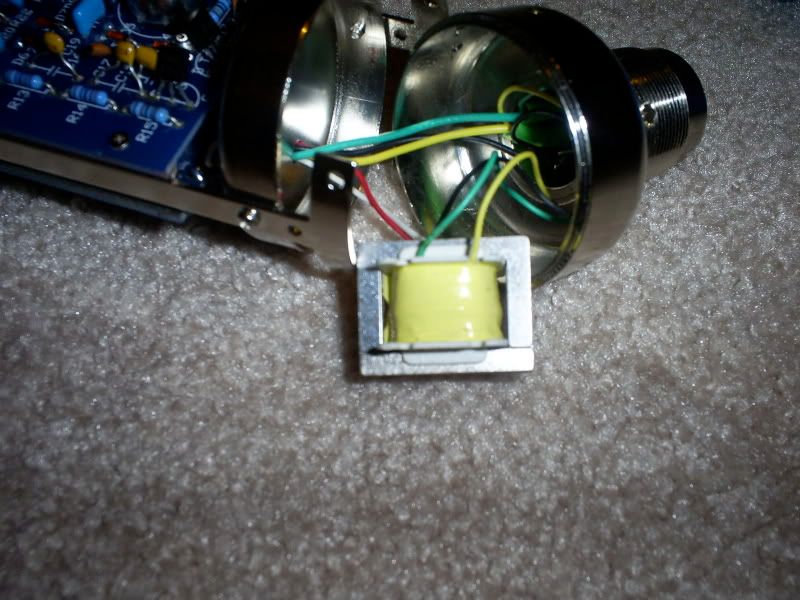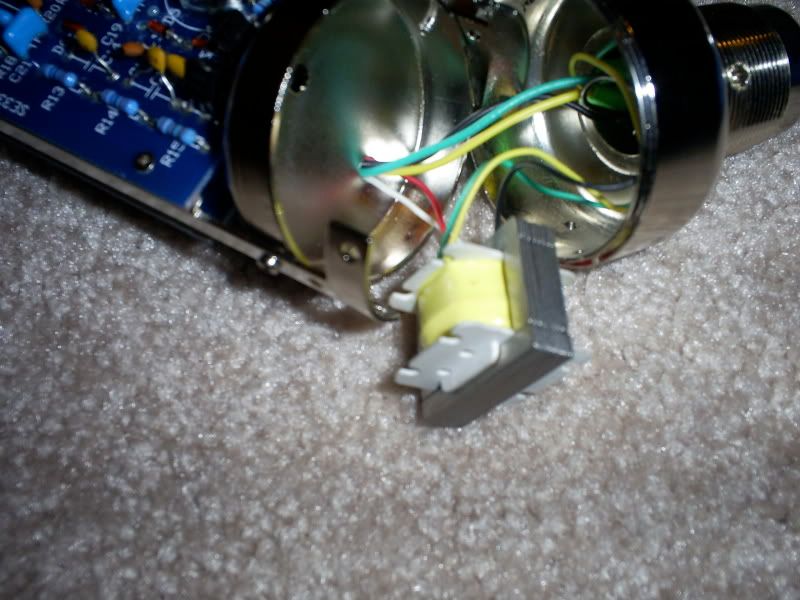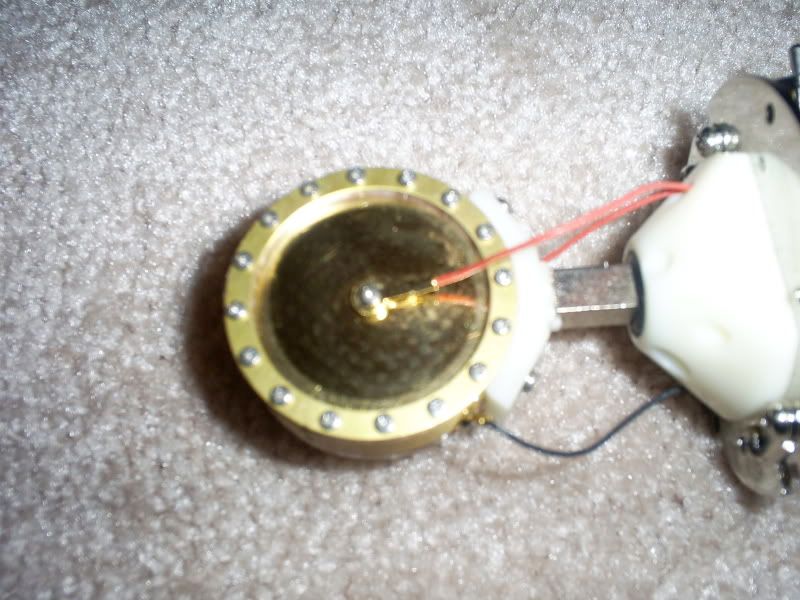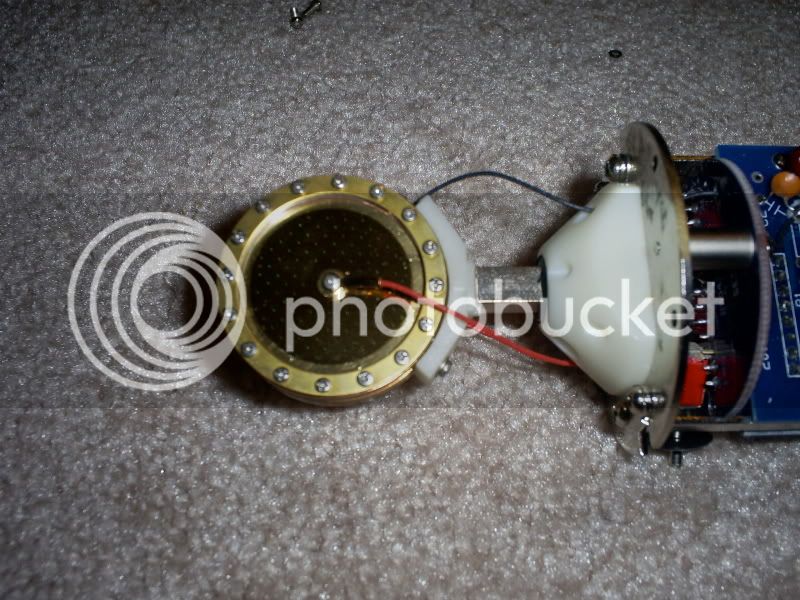TornadoTed
Well-known member
The SE Electronics Z3300a is often brough up in forums as being similar to a Neumann U47 FET.
How close do you think it would be with a Peluso CEK47 capsule? Maybe a transformer change too?
I modded a couple of Alctron mics (the same one as the Apex 460) with Cinemag transformers, Mullard tube, Dale resistors and Black Gate and other high end caps and they sounded great. I used them for a while like that and when I scratched together a few more £££'s I swapped the capsules for CEK12's and now they are truly awesome.
How close do you think it would be with a Peluso CEK47 capsule? Maybe a transformer change too?
I modded a couple of Alctron mics (the same one as the Apex 460) with Cinemag transformers, Mullard tube, Dale resistors and Black Gate and other high end caps and they sounded great. I used them for a while like that and when I scratched together a few more £££'s I swapped the capsules for CEK12's and now they are truly awesome.




